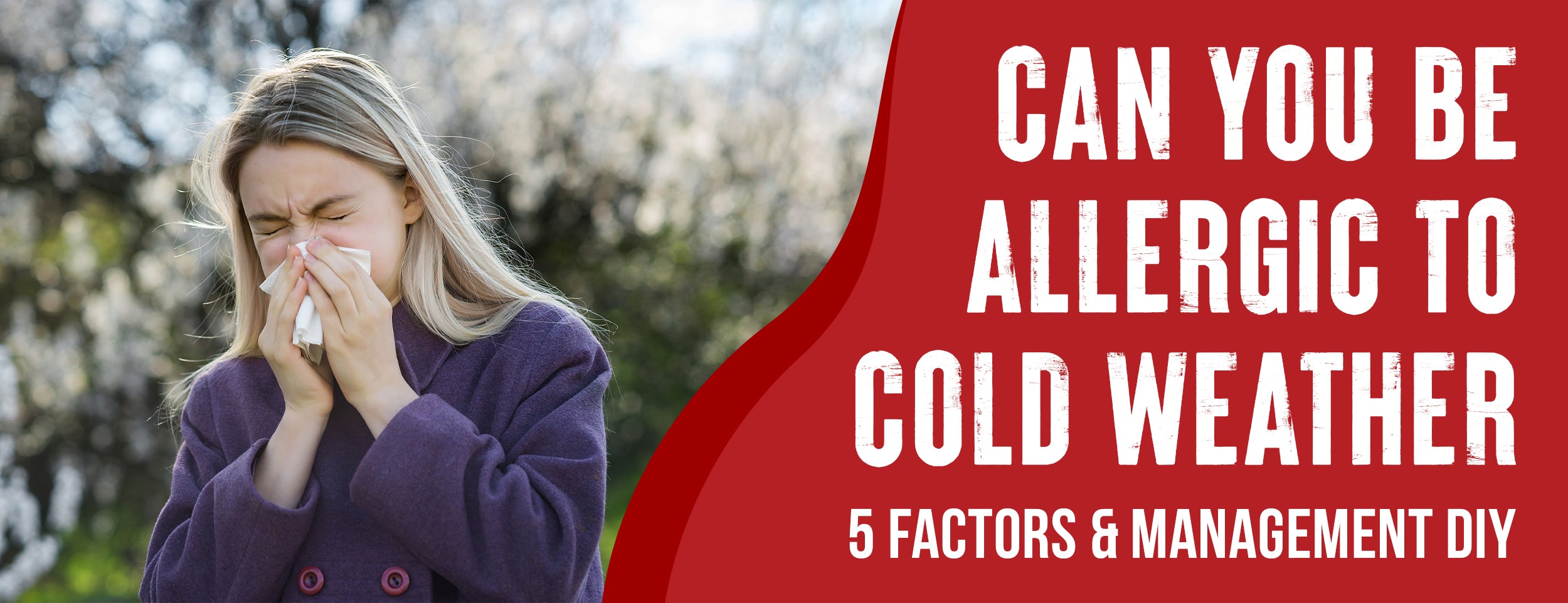Many are drawn to the sun for its warmth, but it triggers sun allergy or photosensitivity for some. This immune overreaction to sunlight can lead to skin changes like rashes, blisters, red bumps, or oozing lesions. Remember, tanning or burning signifies DNA damage.
Sun allergy, or sun-sensitive phenotype, can increase the risk of non-melanoma skin cancers like basal cell carcinoma (BCC) and squamous cell carcinoma (SCC) because of UV light exposure. The risk of skin cancer does not rise with every sunburn, but it increases with repeated high exposure.
In this blog post, we will discuss the effects of sun allergies on skin cancer and their complex relationship and offer advice on managing symptoms.
Can Sun Allergy Cause Skin Cancer: 3 Effects

Sun allergies are more than annoying - they might lead to serious health concerns like skin cancer. We delve into how sun allergy increases skin cancer risk, shedding light on this crucial connection. Stay informed and protect your skin health with these insights.
Sun Allergies and the Skin
A sun allergy, also known as photosensitivity, is a reaction that happens when your skin gets exposed to the sun. It's not something everyone experiences, but it can be uncomfortable for those who do. Here's how it affects the skin:
- Redness and Itching: A sun allergy is often redness, itching, or both. This is your skin's way of telling you it doesn't like the sunlight it's getting.
- Rash or Bumps: In some cases, a rash or slight bumps may appear on the skin. These can be quite itchy and may even feel painful.
- Blistering or Bleeding: The skin may blister or bleed in severe cases. This is less common but can happen, especially when the skin is exposed to strong sunlight for a long time.

Long-Term Skin Changes from Sun Allergy
While the immediate effects of a sun allergy are usually temporary, there can be long-term changes to the skin. This is true if you have frequent allergic reactions to the sun. Some of these changes include:
- Skin Discoloration: Regular exposure to the sun can lead to darker (or lighter) skin areas. This is known as hyperpigmentation (or hypopigmentation).
- Premature Aging: Sun damage can lead to wrinkles and fine lines, signs of premature aging. This happens because the sun's ultraviolet (UV) rays cause collagen and elastin to break down, making the skin look less firm and smooth.
- Increased Skin Conditions: Continuous sun exposure can raise your risk of developing certain rashes (scaly, rough patches on the skin) or skin cancer.
- Texture Changes: Your skin might become rougher or develop scaly patches, especially in areas often exposed to the sun.
The Role Of Photo-Sensitivity In Sun Allergy
Photosensitivity is when the skin becomes highly sensitive to sunlight or other ultraviolet light, leading to quick sunburn. This sensitivity typically results in a rash or sunburn, particularly on skin areas exposed to ultraviolet light.
- The Connection: People with photo-sensitive skin are more likely to develop sun allergies. That's because their skin reacts more strongly to sunlight.
- The Severity: In some cases, photo-sensitivity can worsen sun allergy symptoms. That means more severe rashes, itching, and discomfort.
- The Frequency: If you are photo-sensitive, you might get sun allergies more often. This is because your skin is more vulnerable to the sun's rays.
Sun Allergy and Skin Cancer: Connection
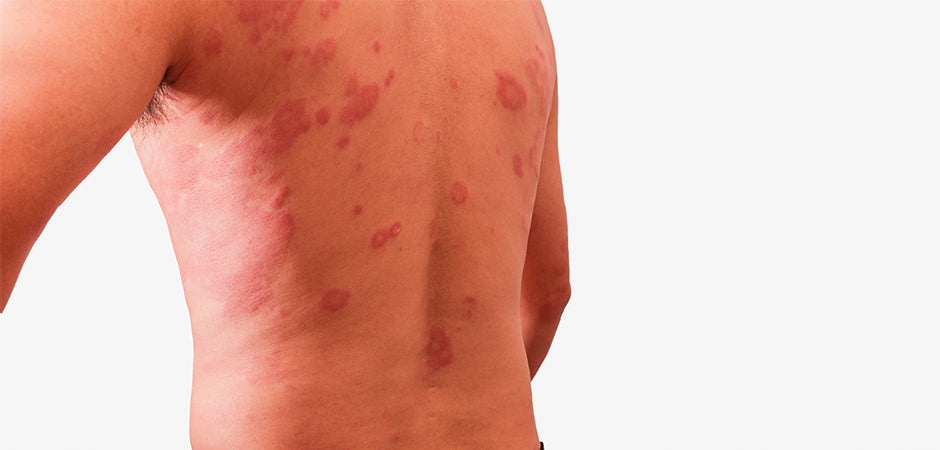
Understanding the link between sun allergies and skin cancer is crucial for proper skin health. An uncontrollable growth of abnormal skin cells is known as skin cancer. It usually starts in the outermost layer of skin, known as the epidermis. The 3 significant types of skin cancer are basal, squamous, and melanoma. Melanoma is the most dangerous type.
Sun Allergy as a Potential Risk Factor for Skin Cancer
Now, let's delve into the fascinating topic of how having an allergy to the sun, also known as photosensitivity, could potentially heighten the susceptibility to developing skin cancer due to prolonged exposure to harmful UV rays.
- Repeated Sun Exposure: People with a sun allergy often have increased sensitivity to the sun. There is a risk that this can result in more severe and frequent sunburns, a known risk factor for skin cancer.
- Persistent Inflammation: Sun allergies can cause persistent inflammation in the skin. Over time, this chronic inflammation may contribute to the development of skin cancer.
- Skin Damage: Sun allergy can cause skin damage. This includes skin color and texture changes, which might become skin cancer.

Scientific Evidence For Skin Cancer And Sun Allergy
While it's clear that sun allergies can cause skin changes and increase the risk of sunburn, the direct link to skin cancer is less straightforward:
- Current Research: Some studies suggest that people with certain types of sun allergies may be at a higher risk of skin cancer. However, more research is needed to understand this connection entirely.
- Complex Relationship: It's important to remember that many factors contribute to skin cancer development, including genetic predisposition, age, and overall sun exposure.
Sun Allergy Causes Skin Cancer: Prevention and Treatment
The sun's UV rays can do more than cause sunburn. Sunlight exposure triggers a sun allergy in some, which isn't cancerous but can raise skin cancer risks. Learn about treatments and prevention for sun allergies and skin cancer.
Sunscreen: Your First Line of Defense
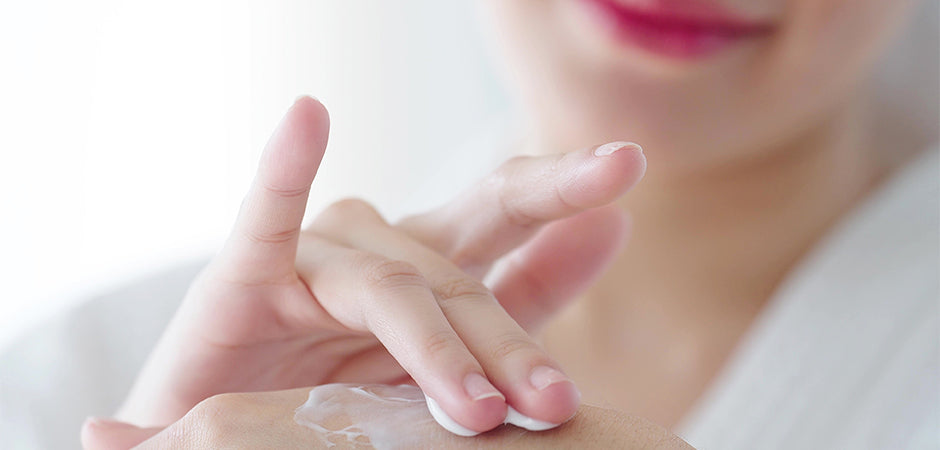
It's essential to wear sunscreen every day, and it's even more critical if you have a sun allergy:
- Always select a sunscreen that offers broad-spectrum coverage. Thus, it protects against UVA and UVB rays, which can cause sunburns and accelerate aging.
- The SPF should be at least 30. The higher the SPF, the more protection it offers against UVB rays.
- Use enough sunscreen to cover all skin exposed to the sun. Remember areas like the back of your neck, ears, and tops of your feet.
- Sunscreen should be reapplied every two hours or right after swimming or engaging in vigorous physical activity to ensure adequate protection.
Sun Allergy Symptom Management
Sun allergy symptoms can range from mild to severe, including redness, itching, and blisters on sun-exposed skin. To manage these symptoms:
- To alleviate inflammation, apply cold compresses to the affected areas.
- Use over-the-counter creams or lotions that contain aloe vera or corticosteroids to soothe the skin.
- Take antihistamines to reduce itching and other allergic reactions.
Clothing and Accessories for Sun Protection
Protective clothing and accessories can be a simple yet effective way to guard against sun exposure:
- Put on long sleeves and long pants made of tightly woven fabrics that block sunlight.
- Use wide-brimmed hats to shield your face and neck from the sun.
- Your eyes will be protected if you choose sunglasses with 100% UV protection.
Regular Check-ups and Early Detection
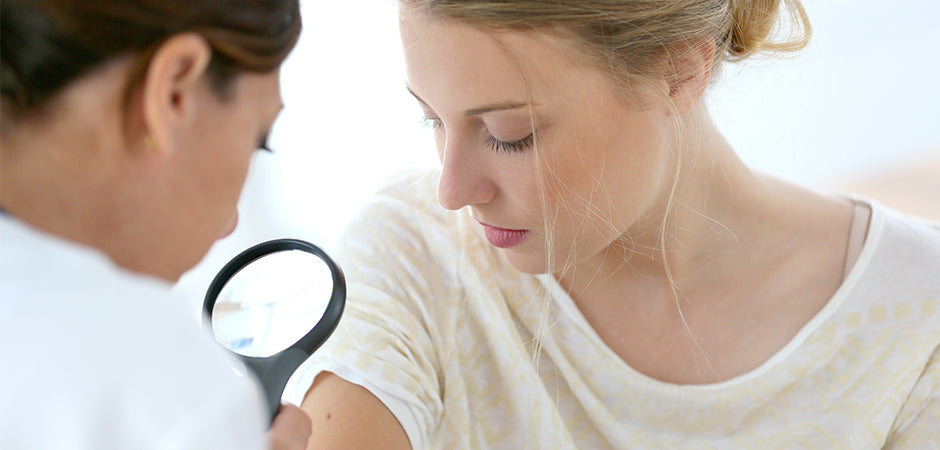
To detect potential skin abnormalities early, it is critical to have regular medical checkups:
- Schedule routine skin exams with a dermatologist.
- Perform self-examinations at home to spot changes.
- If you notice any changes in your skin, you need to seek medical attention immediately.
Sun Allergy Treatments
Treatment for sun allergies depends on the severity of the symptoms:
- Mild reactions often improve on their own without treatment.
- When the reaction is severe, prescription medicines, such as corticosteroid creams or pills, may be needed.
- Exposure to certain types of light (phototherapy) might be recommended sometimes.

Lifestyle Changes for People with Sun Allergy
Making a few changes in your daily habits can make a big difference:
- Limit your time in the sun, especially when it's strongest (between 10 a.m. and 4 p.m.).
- SPF 30 or higher broad-spectrum sunscreen is always recommended.
- Stay in the shade.
Conclusion
Skin cancer and sun allergy are related, underscoring the importance of sun safety and awareness. Educating ourselves about these conditions, recognizing early signs, and taking proactive measures to protect our skin are essential to mitigating risk.
Every action counts, from investing in sun-protective clothing to scheduling regular skin check-ups. Remember, while the sun is essential for life and good health, it's crucial to enjoy it responsibly.
Don't take it lightly if you or someone you know has a sun allergy. It could be more than just an inconvenient rash - it could be a sign of increased risk for skin cancer. Be sun smart, stay educated, and help promote a sun-safe culture in your community.









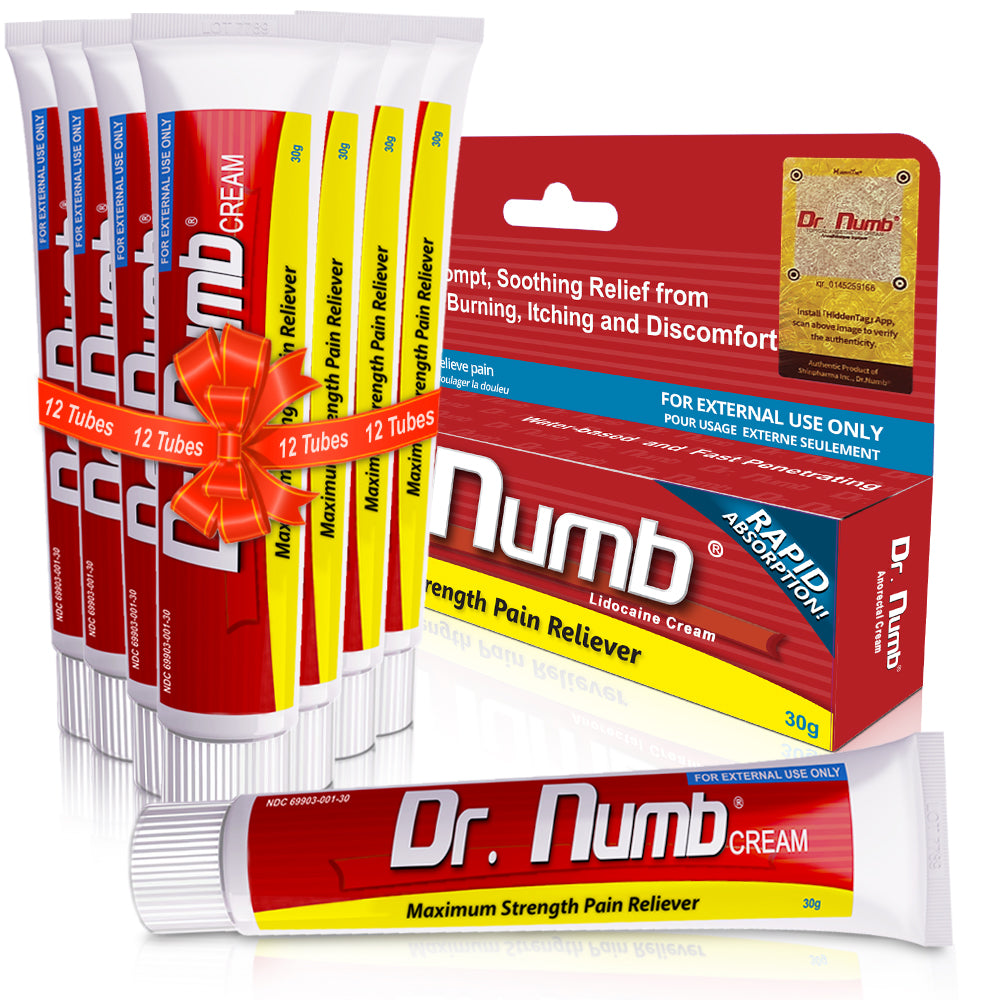





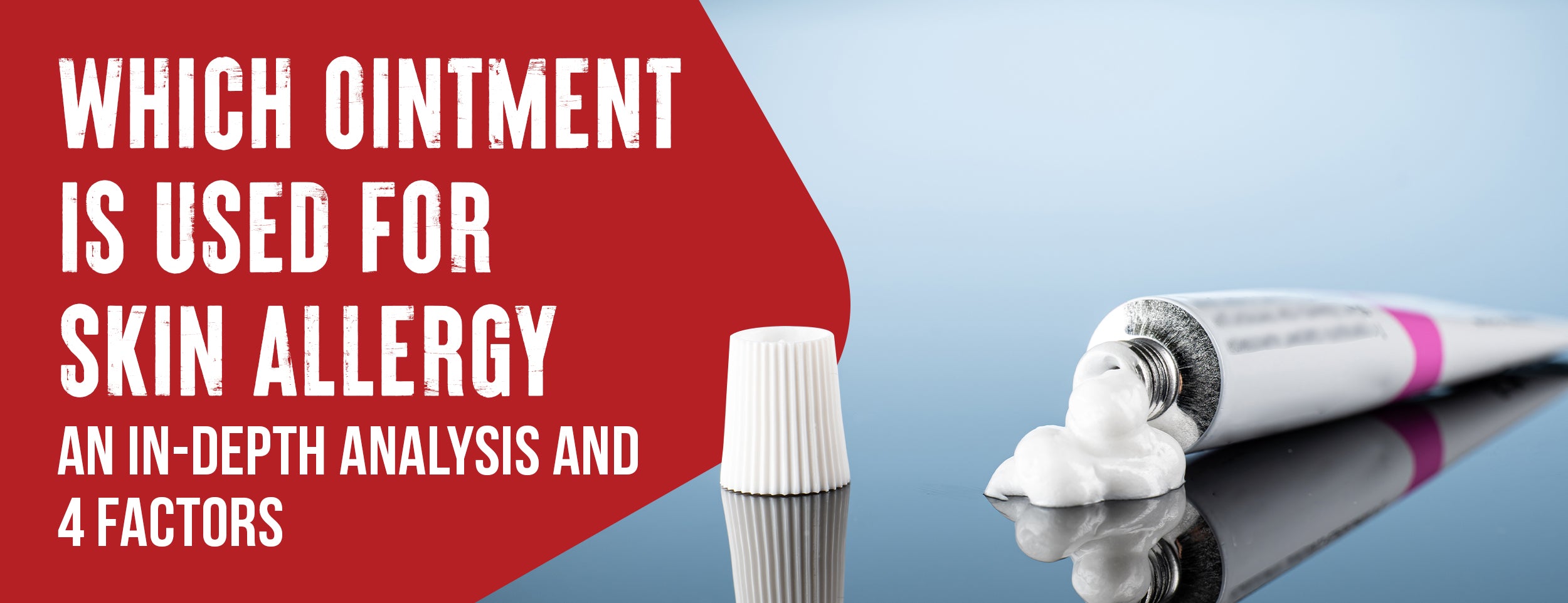
![The Most Common Food Allergies That Cause Itchy Skin [6 Common Symptoms]](http://drnumb.com/cdn/shop/articles/Can_Food_Allergies_Cause_Itchy_Skin__17_Listed_6_Symptoms_Common.jpg?v=1714999986)
